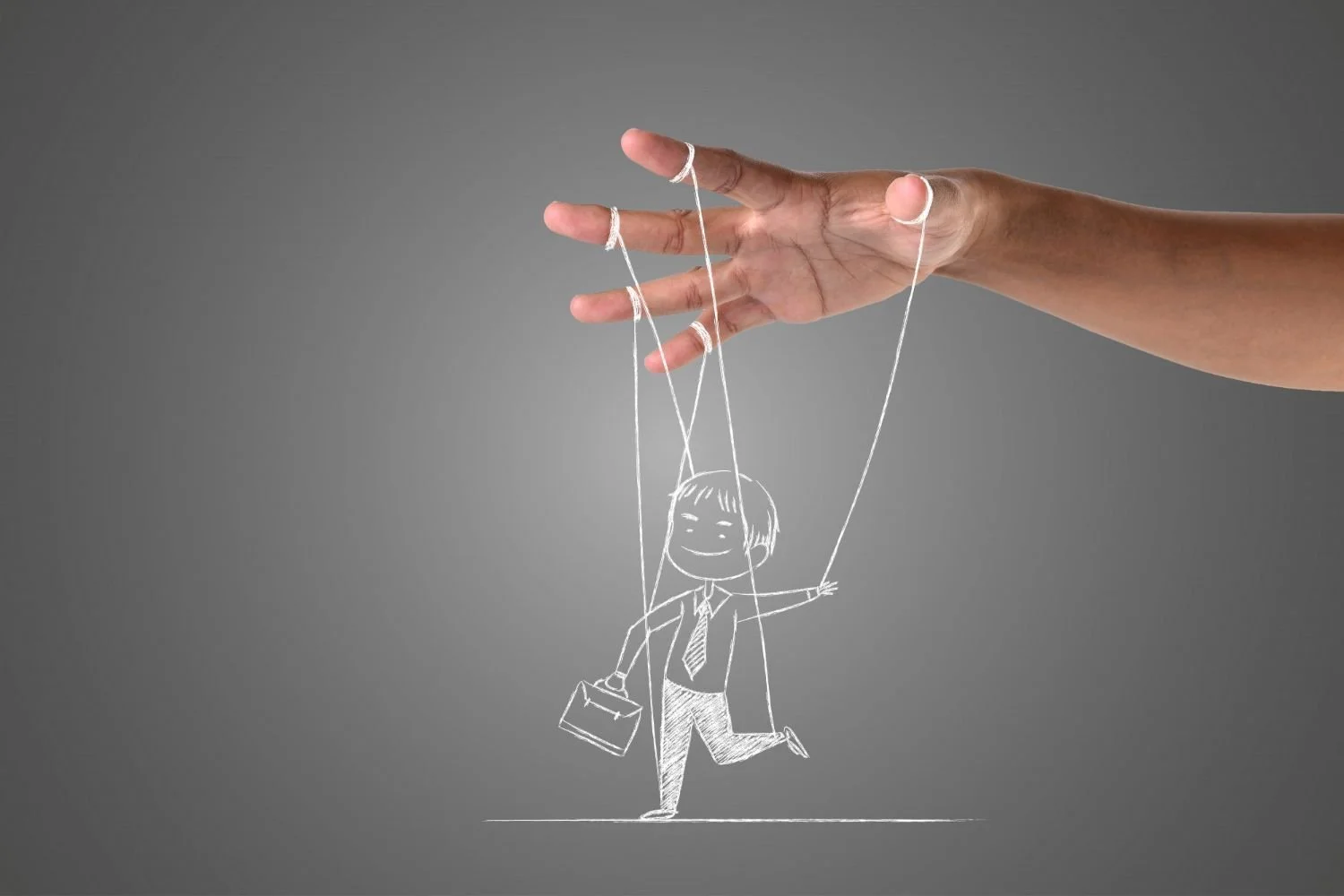RESILIENCE REDEFINED - ARE YOUR EMPLOYEES JUST "BENDING" OR ACTUALLY BOUNCING BACK?
Why Does True Workplace Wellbeing Demands More Than Just Flexibility?
We often celebrate employees who can “bend” with every challenge. They take on shifting deadlines, extra tasks, new technologies, and constant change without much protest. On the surface, this flexibility looks like resilience. But here is the truth - bending is not the same as bouncing back. Flexibility may keep you moving in the moment, but resilience is what helps you return with strength, clarity, and energy after a setback. And for workplaces today, the difference matters more than ever.
Think of a rubber band. You can stretch it endlessly, but at some point it weakens, loses shape, and even snaps. Many employees find themselves in this state, adapting continuously but never fully recovering. Resilience is not about stretching until breaking point. It is about building the inner and outer resources to recover, recharge, and sustain performance without burning out.
The Hidden Cost of “Just Bending”
Employees who only bend often mask their struggles. They may appear adaptable but are quietly dealing with exhaustion, stress, and disengagement. Over time, this leads to:
Increased absenteeism and presenteeism
Declining motivation and creativity
Higher turnover as individuals look for healthier work environments
This “silent burnout” is one of the biggest risks in modern workplaces. If wellbeing programmes stop at encouraging flexibility, they may unintentionally reward short-term coping rather than true resilience.
What Resilience Really Looks Like
True resilience is about balance. It is the ability to pause, reset, and return with perspective after setbacks. Resilient employees:
Recognise and manage their emotions instead of ignoring them
Set healthy boundaries and know when to step back
Seek support and make use of available resources
Find meaning and purpose even in challenging situations
In this sense, resilience is not an individual trait alone but a culture that organisations need to foster.
Building Resilient Workplaces
Workplace wellbeing is no longer about perks or surface-level initiatives. It requires structures that help employees feel safe, supported, and connected. Here are three ways organisations can go beyond flexibility and enable true resilience:
Normalise Recovery
Encourage employees to take micro-breaks, use wellbeing days, and access counselling without stigma. Recovery should be seen as a strategic tool, not a weakness.Strengthen Connection
Resilience thrives in communities. Team check-ins, peer support circles, and open conversations about challenges create trust and belonging, both of which are powerful buffers against stress.Equip with Tools
Provide practical strategies like mindfulness training, stress management workshops, and mental health resources that employees can integrate into daily routines. This ensures that bouncing back is not left to chance.
The Way Forward
Flexibility is important, but it is not enough. Employees who only bend eventually break. Employees who bounce back become stronger with every challenge, and they help their organisations grow with them.
World-class workplaces of the future will not only expect adaptability but will actively invest in resilience. Because true wellbeing is not about how much pressure your people can take, but how well they can rise again when life pushes them down.
Author: Diya Ayappa
Diya is a trained counsellor and works as a content writer at Silver Oak Health. She is a passionate mental health advocate and is dedicated to creating awareness and fostering open conversations around mental well-being. Her blogs aim to empower individuals by addressing thought-provoking topics, providing personal insights, and making mental health a top priority for all.



